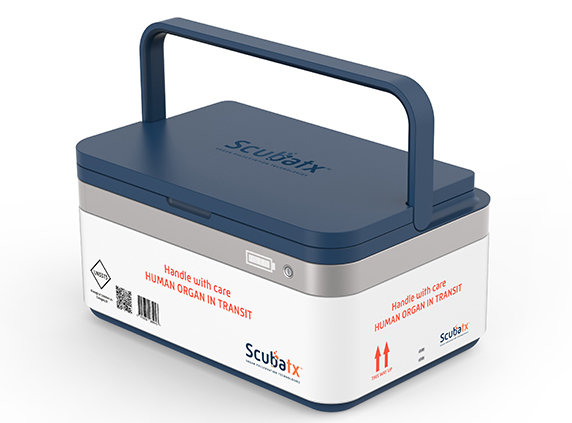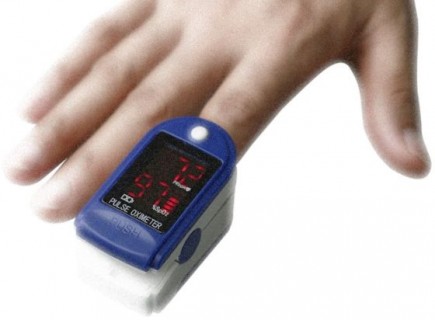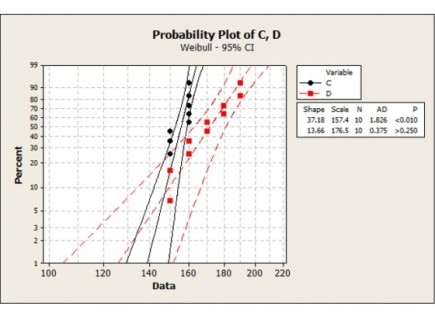Direction setting of an organ persufflation device
Designed for efficacy, portability, simplicity in use, and reimbursement
Direction setting, concept generation, systems engineering, market assessment, business strategy planning
Challenge
For transplant organs, there is a clear market pull for extended preservation solutions that can offer reduced financial cost and burden on dedicated but overworked clinical staff. Persufflation has been demonstrated to be an effective technique suitable for the pancreas, kidney, liver, heart and composite tissue, but no commercial device exists for clinical use.
Approach
We worked with researchers at Newcastle University to develop a device architecture, concept design and prototype, working towards bringing organ persufflation to market.
Outcome
ScubaTx was launched in July 2020, and is initiating its first funding round in Q3/Q4 2020.
The viability of organs for transplant currently relies on a range of factors. Key limiting considerations include: the time the organ sits outside of the body before transplantation, and the availability of surgeons to retrieve, transport and implant the organ. Such logistics necessitate night-time work known to lead to mistakes while increasing financial costs to healthcare systems and personal tolls to healthcare professionals. In some cases, this may preclude the use of an otherwise healthy organ.
Storing precious recovered organs in ice boxes is still the norm. But this technique can only preserve an organ for a short period. For a long time, healthcare providers have sought an organ preservation technique that could increase the time available for an organ to reach a patient in need without compromising outcome.
Persufflation is a technique that perfuses an organ’s blood vessels with oxygenated gas. This ensures that oxygen reaches all parts of the organ, maintaining energy and increasing its chances of survival over a longer period.
Cambridge Medtech Solutions have worked with researchers from the Transplant Regenerative Medicine Laboratory at Newcastle University to develop a persufflation device that is designed for efficacy, portability, simplicity in use, and reimbursement.
The ScubaTx System comprises a small, portable, multi-organ system and a portfolio of organ-specific consumables. It will deliver the 3 key components of Persufflation:
- Cool – Organs are submerged in cold saline. This decreases kinetics of metabolic activities.
- Oxygenate – Humidified oxygen-rich gas is delivered through the organ’s vascular to reduce hypoxia.
- Control – Gas pressure and flow are controlled to deliver perfusion without tissue damage.
Cambridge Medtech Solutions was also instrumental in preparing the initial market assessment, to understand key market drivers, and developing a credible strategy and business plan.
Dr Bill Scott, Scientific Director of the Transplant Regenerative Medicine Laboratory at Newcastle University explains:
“The concept of what we’re doing is relatively simple, but it is very hard to do it in practice. Persufflation has historically relied on highly trained technicians to constantly monitor and adjust the system during transport. Working with Cambridge Medtech Solutions, we use state-of-the-art technology to create an automated, self-correcting and self-reporting device.”



